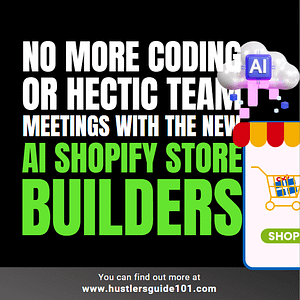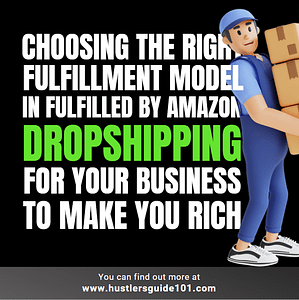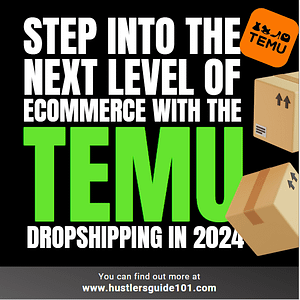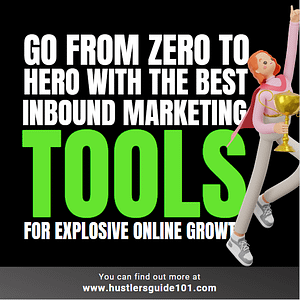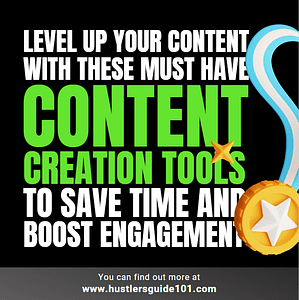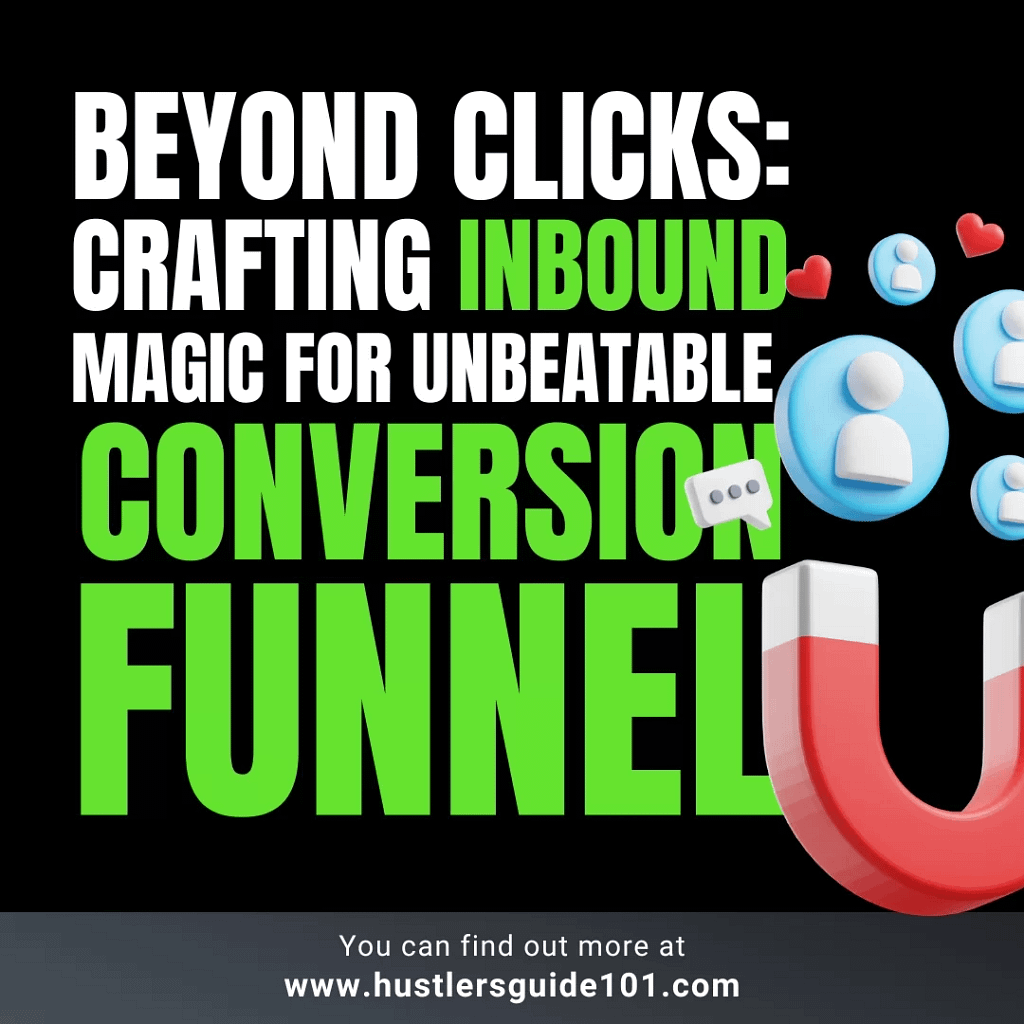
Ever feel like your marketing efforts are tossing coins into a wishing well with no results? Frustrating, right? But hold on – I’ve got the keys to unlock a marketing treasure trove! In this blog, we’re unraveling the magic behind creating an inbound marketing funnel, a powerhouse strategy to skyrocket your digital presence.
No more empty echoes – just a thriving audience. Get ready to convert visitors into loyal followers with strategies that actually work. It’s time to elevate your game and turn that wishing well into a gold mine. Let’s dive in and make your inbound marketing funnel a reality!
What is inbound marketing?
Inbound marketing is like the friendly neighbor who doesn’t barge in but leaves the door open, inviting folks in. It’s a strategy where you attract, engage, and delight your audience with valuable content, turning strangers into loyal fans organically.
So, instead of chasing customers down the street, you’re laying out a welcome mat and letting them stroll in willingly. It’s the art of creating a magnetic, irresistible pull for your brand.
Top of the Funnel (TOFU): This is the “Discovery Phase,” where your audience stumbles upon your content like a hidden gem. Blogs, social media posts – you’re casting a wide net to attract curious souls.
Middle of the Funnel (MOFU): Ah, the “Consideration Realm.” Now that you’ve got their attention, it’s time to woo them with value-packed content. Think ebooks, webinars – the kind of stuff that makes them go, “Wow, these guys know their stuff.”
Bottom of the Funnel (BOFU): The grand finale – the “Decision Theater.” Your audience is ready to commit, and it’s showtime. This is where you unleash the power of killer landing pages, irresistible offers, and calls-to-action that scream, “Seal the deal, my friend!”
How to create an inbound marketing funnel?
Crafting an inbound marketing funnel is your ticket, and I’m here to spill the secrets. In the next few lines, I’ll guide you through a game-changing process that not only attracts the right crowd but keeps them hooked and hungry for more.
Ever thought of an automated sales funnel, affiliate marketing sales funnel, or other types of sales funnel? I did a detailed guide on them.
Understanding Your Target Audience
A. Buyer Personas
Buyer personas are semi-fictional representations of your ideal customers, created by analyzing data and insights to understand their goals, challenges, and behavior.
They’re not just profiles; they’re your marketing compass. Buyer personas guide your strategy, ensuring you’re creating content and campaigns that resonate with real people, not just demographics.
B. How to Create Effective Buyer Personas
Collect Data: Dive into your existing customer data – interviews, surveys, analytics. Uncover patterns in behavior, pain points, and goals.
Identify Commonalities: Group similar traits, behaviors, and preferences to form distinct personas. Think of it like assembling characters for your marketing story.
Give Them Life: Personify your personas. Give them names, faces, and backstories. The more vivid, the better you’ll understand and connect with them.
Validate and Refine: As you roll out campaigns, gather feedback, and adjust. Buyer personas are dynamic – evolving with your business and customer insights. Keep them fresh, and they’ll keep your strategy on point.

Creating Compelling Content
A. Content Mapping
Use a content calendar to strategically map out topics and formats across each stage. This ensures a cohesive journey, keeping your audience engaged as they progress through the funnel.
Discovery Stage (Top of the Funnel): At the outset, your audience is on a quest for knowledge. Feed their curiosity with attention-grabbing blog posts, visually appealing infographics, and engaging social media content. It’s about making a memorable first impression.
Consideration Stage (Middle of the Funnel): As your audience delves deeper, they’re seeking solutions. Offer in-depth webinars, real-world case studies, and comprehensive ebooks. It’s the moment to showcase your expertise and provide value that stands out in the crowd.
Decision Stage (Bottom of the Funnel): Now, it’s decision time. Lay out the red carpet with product demos, free trials, and detailed whitepapers. Address their specific concerns, prove your solution’s worth, and guide them towards making that final commitment.

B. Blogging and SEO
Regularly revisit and refresh high-performing content. Google loves freshness, and your audience appreciates updated, evergreen topics. This not only satisfies the search engine gods but also keeps your readers hooked.
Keyword Research: Unlock the language of your audience by diving into keyword research. Tools like Google Keyword Planner can reveal the terms they’re searching for. Integrate these strategically into your content, titles, and meta descriptions.
Quality Content: Google is like a discerning reader – it values substance. Craft content that not only addresses user queries but also provides depth and value. The longer people linger on your page, the more Google recognizes its worth.
Internal and External Links: Sprinkle links like breadcrumbs, guiding your readers through a journey of relevance. Link to your own quality content and authoritative external sources. It boosts your credibility and keeps the SEO wheels turning.
![59 Content Frameworks [50M+ Views & $10M+ sales]](https://ml7mr2tqkwmf.i.optimole.com/cb:ybm1.679b9/w:1024/h:535/q:mauto/f:best/https://hustlersguide101.com/wp-content/uploads/2023/09/ebook-for-blog.jpg)
Attracting Visitors
A. Social Media Marketing
Platform Selection: Know where your audience hangs out. Is it LinkedIn for professionals, Instagram for visual storytelling, or Twitter for quick updates? Choose platforms that align with your audience demographics and preferences.
Engagement Strategies: It’s not just about broadcasting; it’s about connecting. Engage with your audience through polls, discussions, live sessions, and behind-the-scenes glimpses. The more interactive and human you are, the stronger the connection.
Consistent Presence: Be a familiar face in the social crowd. Post regularly but maintain quality. It’s about being present without being intrusive – a delicate balance.
Value-Packed Content: Craft content that sparks emotions, educates, or entertains. Whether it’s captivating visuals, engaging videos, or thought-provoking articles, aim to create content that people want to share with their networks.
Encourage Sharing: Don’t be shy; ask your audience to share. Add social sharing buttons to your content, run social media contests, or prompt users to tag friends. People love to spread the word, especially when it’s something valuable.
Community Building: Foster a sense of community around your brand. Encourage discussions, showcase user-generated content, and make your audience feel like they’re part of something bigger.

B. Email Marketing
Lead Magnets: Offer something irresistible in exchange for email addresses. It could be a free ebook, a discount, or exclusive access to valuable content. Make it worth their while to join your mailing list.
Opt-in Forms: Strategically place opt-in forms across your platforms. Use pop-ups, website banners, or landing pages to capture emails. Make the process seamless and the value crystal clear.
Quality Over Quantity: Focus on quality leads. It’s not just about growing a massive list; it’s about nurturing relationships with engaged subscribers who are genuinely interested in what you offer.
Personalization: Address your subscribers by name and segment your lists based on interests or behavior. Tailor your content to their preferences. Personalized emails have a much higher chance of resonating.
Compelling Content: Whether it’s newsletters, product updates, or exclusive offers, make your emails valuable and visually appealing. Grab attention with catchy subject lines and clear, actionable content.
Call-to-Action (CTA): Every email should have a purpose. Whether it’s driving traffic to your website, promoting a new product, or encouraging social media engagement, ensure your CTAs are clear and compelling.

Converting Visitors to Leads
A. Landing Pages
Clean and Simple: Less is more. Your design should be clean, uncluttered, and focused. Use ample white space to guide the visitor’s attention to the essentials.
Eye-Catching Headlines: Your headline is the hook. Make it clear, concise, and attention-grabbing. Address a pain point or present a solution to capture immediate interest.
Visual Appeal: Incorporate relevant and high-quality visuals. Whether it’s images, graphics, or videos, visuals should complement your message and create a visually appealing experience.
Clear and Actionable: Your CTA should be crystal clear and convey a sense of urgency or value. Use action verbs and ensure visitors understand the next step they need to take.
Strategic Placement: Position your CTA where it’s easily visible and logical. Whether it’s a button or a form, make sure visitors don’t have to hunt for it. The goal is to guide them effortlessly towards conversion.
Consistent Message: The message on your CTA should align with the overall theme of your landing page. If your headline promises a solution, the CTA should reinforce that promise.

B. Forms and Lead Magnets
Minimalist Approach: Keep your forms short and sweet. Only ask for essential information that is crucial for your follow-up. The fewer fields, the higher the chances of conversion.
Clear Value Proposition: Explain what visitors gain by filling out the form. Whether it’s access to exclusive content, a discount, or a free trial, the value should be apparent.
Strategic Placement: Position your forms strategically on your website and landing pages. Consider using exit-intent pop-ups or sticky forms that stay visible as visitors scroll.
Know Your Audience: Tailor your lead magnets to your audience’s needs and preferences. It could be an ebook, a webinar, a toolkit, or exclusive access to premium content.
High Perceived Value: Make your lead magnet irresistible. Craft it with the same level of quality as your paid offerings. The higher the perceived value, the more willing visitors are to exchange their information.
Prominent Promotion: Showcase your lead magnets prominently across your platforms. Use compelling visuals, persuasive copy, and clear CTAs to encourage sign-ups.
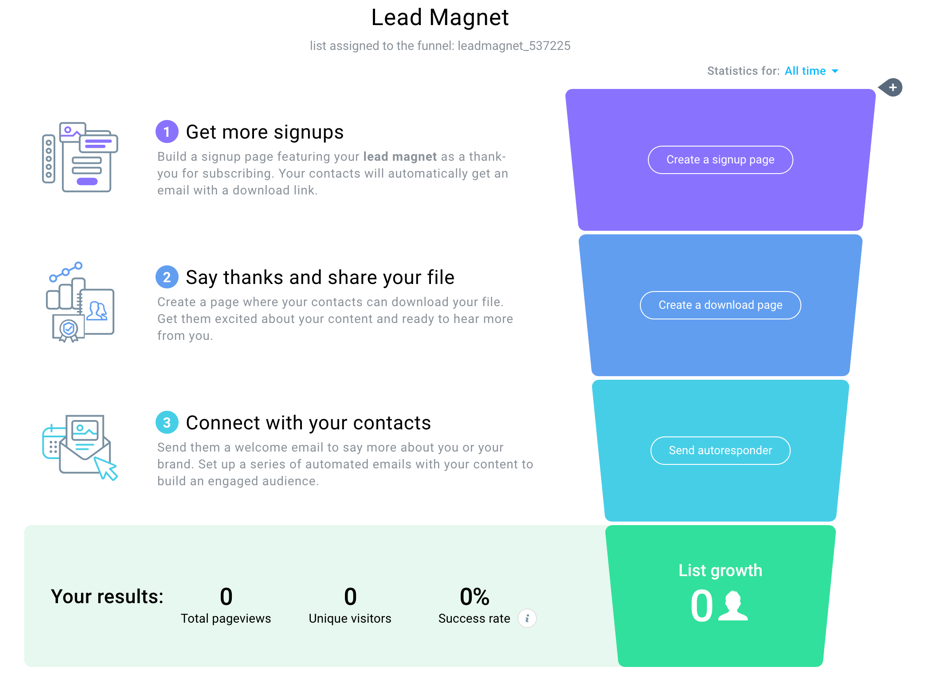
Nurturing Leads
A. Marketing Automation
Streamlining Processes: Marketing automation isn’t about replacing humans but enhancing efficiency. It streamlines repetitive tasks, ensuring no lead slips through the cracks, and frees up your team to focus on strategy and creativity.
Personalization at Scale: The true power lies in personalization. From tailored emails to behavior-triggered responses, automation allows you to deliver a customized experience to each lead, increasing engagement and satisfaction.
Lead Scoring and Segmentation: Not all leads are created equal. Automation enables lead scoring, helping you prioritize and focus on the most promising prospects. Segmentation ensures that each group receives content and communication suited to their specific needs.
Define Objectives: Clearly outline the goals of your automated workflow. Whether it’s lead nurturing, onboarding, or re-engagement, having a clear objective guides the entire process.
Map the Customer Journey: Understand the stages your leads go through. Map out the touchpoints, triggers, and responses at each stage. This ensures a logical and effective flow in your automation.
Behavioral Triggers: Leverage behavioral triggers like website visits, email opens, or downloads to initiate relevant actions. If a lead exhibits interest, your automation should respond instantly, keeping the momentum.
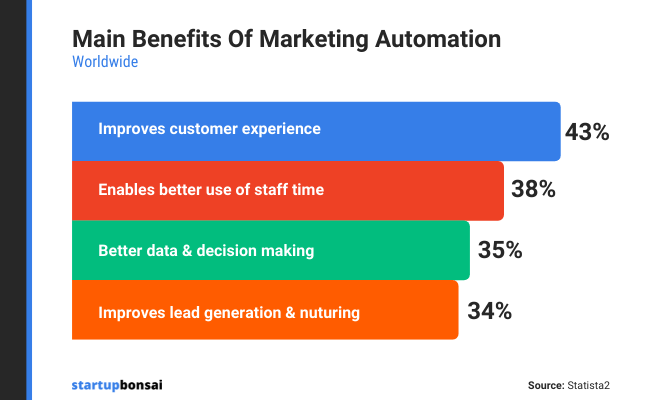
B. Email Drip Campaigns
Segmentation is Key: Segment your leads based on characteristics or behaviors. Tailor your drip campaigns to speak directly to the unique needs and interests of each segment.
Progressive Information: Drip campaigns are a gradual reveal, not a sudden flood. Start with general information and gradually introduce more specific and detailed content as leads progress through the sequence.
Mix of Content Types: Variety keeps things interesting. Incorporate a mix of content types – educational emails, case studies, exclusive offers – to maintain engagement and provide diverse value.
Strategic Timing: Timing matters. Consider your audience’s time zone, industry norms, and the nature of your content. Experiment with different timings to identify the sweet spot for maximum engagement.
Consistent Frequency: Consistency builds trust. Set a frequency that suits your audience and content cadence. Too frequent can be overwhelming, while too rare might result in disengagement. Find the balance.

Closing the Deal
A. Sales Enablement
Shared Goals: Foster a symbiotic relationship between your sales and marketing teams. Ensure both are aligned with shared goals, understanding each other’s challenges and triumphs.
Transparent Communication: Create a culture of open communication. Regularly exchange insights, feedback, and data. This collaborative approach ensures that both teams are working with the most accurate and current information.
Unified Customer Journey: The transition from marketing to sales should be seamless for the customer. Ensure that the handover is smooth, with both teams understanding where the lead is in their journey and what information they’ve already received.
Content Repository: Build a centralized repository for marketing materials, case studies, and product information. This ensures that your sales team has easy access to the collateral they need.
Training Programs: Regularly update your sales team on new products, features, and industry trends. Equip them with the knowledge and confidence to address customer queries and objections effectively.
Real-time Analytics: Provide real-time analytics and insights to your sales team. Knowing how leads have interacted with marketing content helps salespeople tailor their approach and understand specific pain points or interests.

B. Remarketing Strategies
Identify Abandoned Interactions: Leverage data to identify leads who interacted with your brand but didn’t complete the desired action. Whether it’s abandoned carts or incomplete forms, these are prime targets for remarketing.
Tailored Messaging: Craft personalized messages that address the specific stage of the customer journey. If a lead dropped off during the consideration stage, offer additional content or testimonials to rekindle interest.
Multi-Channel Approach: Remarketing isn’t limited to one channel. Utilize various platforms – display ads, social media, email – to stay on your lead’s radar. Consistency across channels reinforces your brand and message.
Limited-Time Offers: Create a sense of urgency with limited-time offers or exclusive discounts. This taps into the fear of missing out (FOMO) and encourages leads to act swiftly.
Dynamic Content: Tailor your content dynamically based on the lead’s previous interactions. If they viewed a specific product or category, show them related items or promotions.
Customer Testimonials: Leverage the power of social proof. Highlight customer testimonials or success stories in your remarketing messages. This builds trust and credibility, addressing any lingering doubts.

Have you ever thought about how a sales funnel is different from a website? I did a detailed guide on Sales Funnel VS Website.
Hot FAQs: Inbound Marketing Funnel
What are 3 pillars of inbound marketing?
The three pillars of inbound marketing are Attract, Engage, and Delight. Attract involves drawing in the right audience with compelling content, Engage is about building relationships through personalized interactions, and Delight is exceeding expectations to create loyal promoters of your brand.
What is an inbound marketing example?
An example of inbound marketing is creating and promoting educational blog posts that provide valuable information to your target audience. This content attracts potential customers organically, positioning your brand as an authority in your industry and fostering trust.
Is inbound marketing more effective?
Yes, inbound marketing is often more effective as it focuses on attracting and engaging the right audience through valuable content. By building relationships and providing solutions to their needs, it tends to result in more qualified leads and loyal customers over time compared to traditional outbound methods.
How do you succeed in inbound marketing?
To succeed in inbound marketing, focus on understanding your audience deeply, create valuable and tailored content, consistently engage through various channels, measure and analyze your efforts to refine strategies, and prioritize continuous improvement based on insights and feedback.
What is inbound marketing tactics?
Inbound marketing tactics include content creation (blogs, videos, ebooks), search engine optimization (SEO), social media marketing, email campaigns, and marketing automation. These strategies are designed to attract, engage, and convert leads by providing valuable content and building meaningful relationships.
Wrapping up: Inbound Marketing Funnel
There you have it – the blueprint of an inbound marketing funnel to rescue your marketing woes! No more sleepless nights wondering why your efforts weren’t hitting the bullseye. You’ve mastered the art of the inbound marketing funnel, turning your once-struggling strategy into a powerhouse of engagement.
But hey, the journey doesn’t stop here – it evolves. As you bask in your newfound success, here’s a little secret sauce to keep the momentum flowing: Injecting a sense of urgency in your calls-to-action can be a game-changer. Limited-time offers, and exclusive deals – these are your secret weapons. Make your audience feel the ticking clock, and witness those conversions skyrocket.


